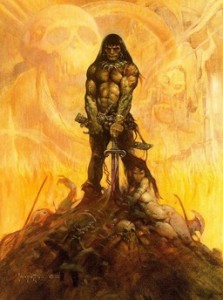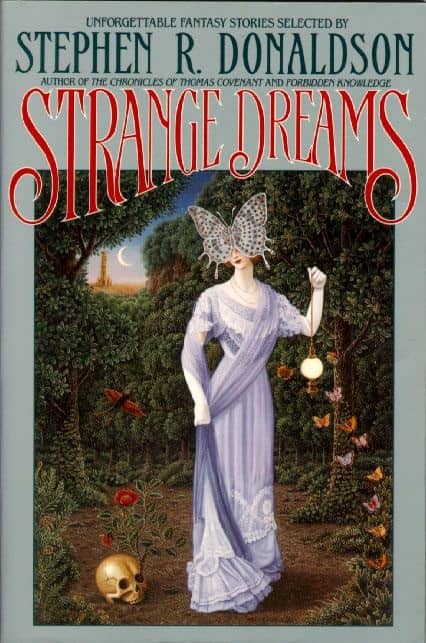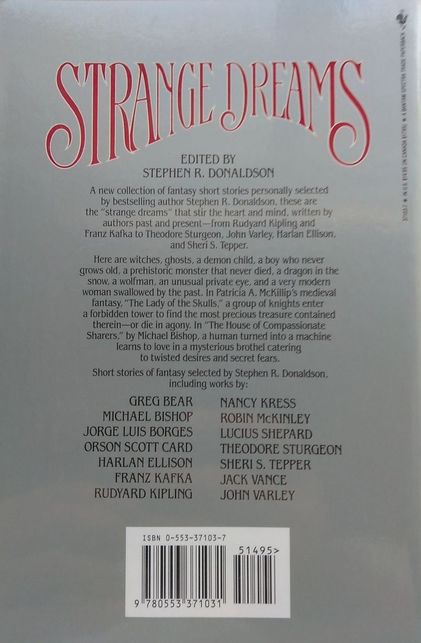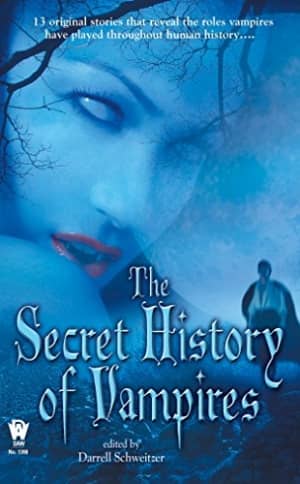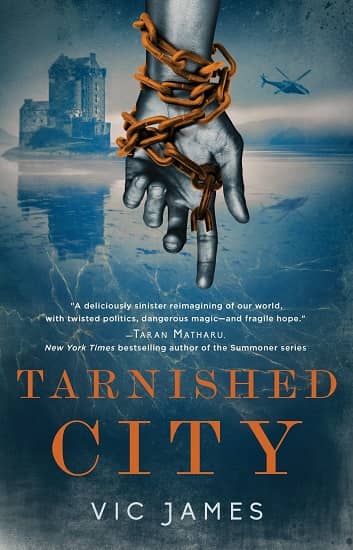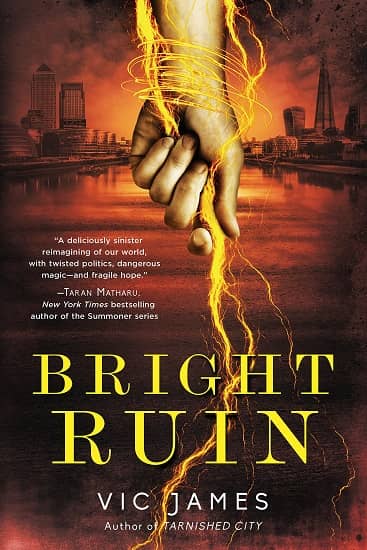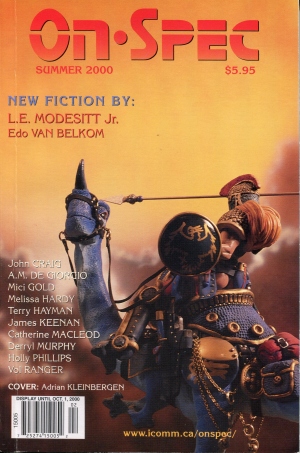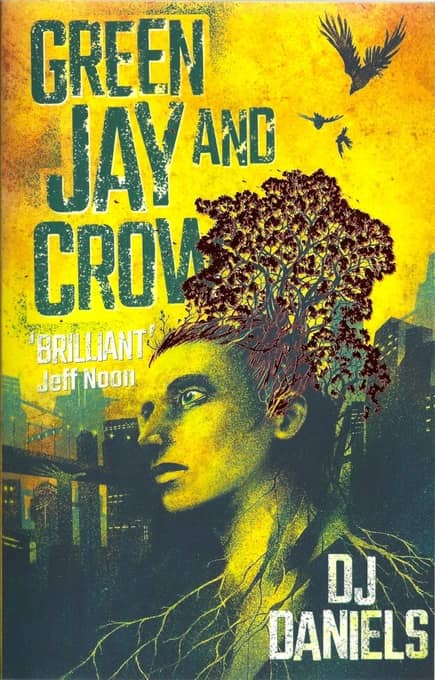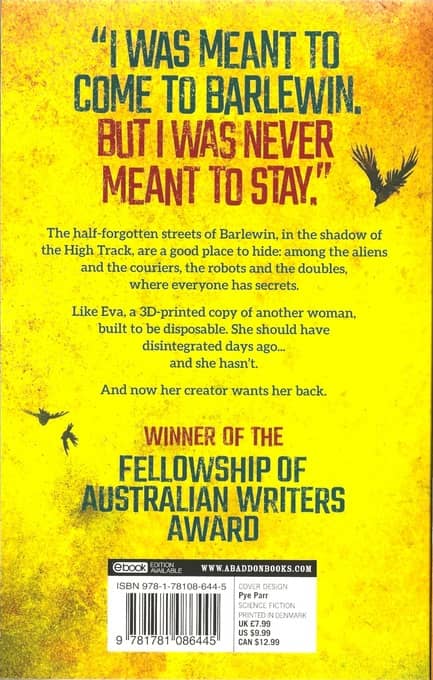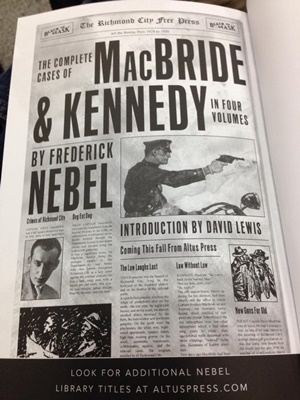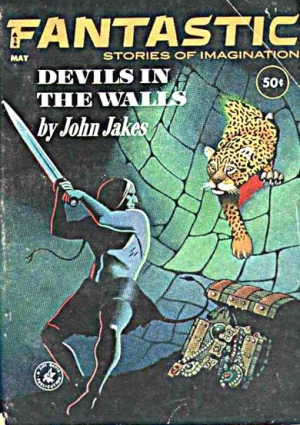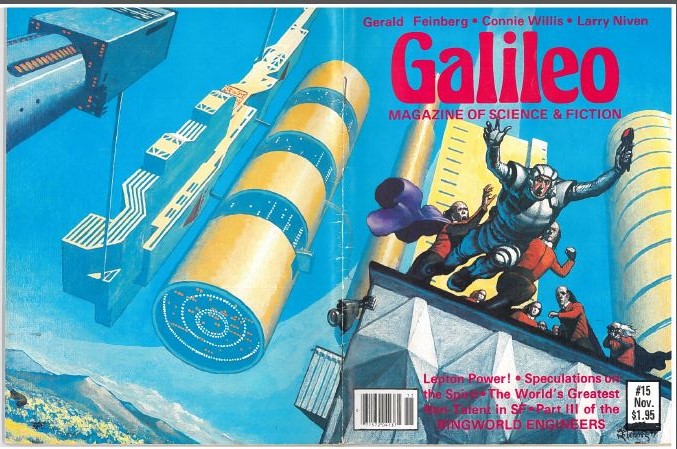Hither Came Conan: The New Weekly Robert E. Howard Series at Black Gate!
Hither Came Conan. Indeed. The iron-thewed Cimmerian trod the thrones of the earth under his sandaled feet. Usually, while wearing nothing more than a loincloth…
Robert E. Howard completed twenty-one tales of Conan, as well as a few more fragments. Of course, some stories were better than others, but even those generally considered among ‘the worst’ offer evidence of Howard’s expertise as a story teller. “The God in the Bowl” rarely makes anybody’s Favorites List, but I wrote an essay, positing that it was a very early example of a police procedural; before the term even existed.
Which might leave the average reader wondering, “What are the best stories in the Conan Canon?” Black Gate is here to tell you… ALL OF THEM! in a brand new weekly series.
Black Gate was proud to round up some of the best Howard scholars, and biggest fans (hey, there’s no shame in that sobriquet – I’m one!), for our award-nominated Discovering Robert E Howard series.
Reaching far beyond the stories of the sword (and axe, and dirk, and torch, and furniture, and…) swinging northern barbarian, almost two-dozen essays delved into the works and life of the pride of Cross Plains. It was a fantastic series that truly paid tribute to the man I consider to be the best fantasy writer I’ve yet read.
Well, Black Gate sure as heck didn’t win a World Fantasy Award for my posts on Sherlock Holmes and hard boiled pulp! Swords and sorcery, epic fantasy, and imagined worlds are what the visitor comes here for. And until they change the password and I can’t log in anymore, I’m going to do my best to keep the Robert E. Howard content flowing. And this time, it’s all about Conan!
Beginning on Monday morning, January 7th, an absolutely All Star roster of guest contributors and Black Gaters (and me. Hey, it’s my series!) is going to be presenting you a cogent argument on why that week’s story is the best Conan tale written by Robert E. Howard.
